After taking an eight-year break from acting, Meg Ryan returned to the big screen this week in What Happens Later — fittingly a romantic comedy, the feel-good genre that cemented her as a bona fide movie star stetching from the late 1980s to early 2000s. When Harry Met Sally…, Sleepless in Seattle and You’ve Got Mail are Ryan’s golden trifecta, earning her the ubiquitous title of “the queen of romantic comedies.”
In What Happens Later, which Ryan co-wrote, produced and also directed, the 61-year-old actress picks up where she left off, starring opposite David Duchovny, 63, as a pair of former lovers, Willa and Bill, who bump into each other at an airport for the first time in years. When they’re stranded due to a massive snowstorm, the hijinks ensue as the exes revisit their complicated past.
“I never went anywhere to begin with,” Ryan explained to Yahoo Entertainment, declining to call the film a comeback. She said the idea “came to me during the pandemic [and] I had time to write about it” but her return to the genre that made her a household name “wasn’t this deliberate moment.”
In any case, it has been nearly 15 years since Ryan was last in a romantic comedy — 2009’s widely panned Serious Moonlight, in which she starred alongside Timothy Hutton, Kristen Bell and Justin Long — and her new foray in the genre with What Happens Later, about people finding love again later in life, has brought about renewed interest in the films of her Hollywood heyday.
“The enthusiasm you’re probably seeing for this is her fans being reminded of what they loved about her and the excitement of seeing somebody do the thing they are most famous for,” Brent Lang, executive editor at Variety, tells Yahoo Entertainment.
When Meg met Sally…
Ryan made her screen acting debut in 1981’s Rich and Famous, and had a slew of TV bit parts and roles in films like Top Gun and Promised Land before landing the titular heroine in the Rob Reiner-directed, Nora Ephron-scripted 1989 romance When Harry Met Sally…, opposite Billy Crystal.
It was the turning point in her career, catapulting Ryan to stardom and establishing her as the new standard for leading ladies in romantic films, though she also starred in thrillers, dramas and action films. “As Ryan has proven all along… her acting talents are remarkably wide-ranging — and she shows it with Sally,” read The Hollywood Reporter’s rave 1989 review.
Meg Ryan and Billy Crystal pose for a portrait in 1989 while promoting When Harry Met Sally…. (Bonnie Schiffman/Getty Images) (Bonnie Schiffman Photography via Getty Images)
Ryan earned her first Golden Globe nomination for her role as Sally Albright, a character created by Ephron, which began the duo’s fruitful working relationship and friendship that spanned decades. (Ryan told Yahoo that What Happens Later is dedicated to Ephron, who died in 2012, as “a thank you, honestly. I was paying attention when we were working together and I am blessed to have been in so many of her movies and be trusted by her. She loved this genre, I love this genre.”)
‘The person who set the standard’
The 1990s were, to put it simply, Ryan’s era.
She starred in six romantic comedies over the decade, including two of her iconic films: 1993’s Sleepless in Seattle and 1998’s You’ve Got Mail. Both films, written and directed by Ephron, earned Ryan Golden Globe nominations and reunited her with frequent screen partner Tom Hanks. Late film critic Roger Ebert, in his Sleepless in Seattle critique, described Ryan as “one of the most likable actresses around” with an “ineffable Doris Day innocence,” while the Los Angeles Times wrote in its review of You’ve Got Mail that Ryan’s “schoolgirl cuteness is finally taking on a layer of matured confidence.”
“You could make a case for Broadcast News and Moonstruck, but it really starts with When Harry Met Sally…,” Lang saya of the romantic comedy boom of the late 1980s through the ’90s. “That’s before Julia Roberts, before Sandra Bullock, before all these other people who became synonymous with the genre. [Ryan is] the person who set the standard for this wave of rom-coms that came to really dominate the movies during that period.”
‘She updated that girl-next-door image’
A common trait throughout Ryan’s romantic-comedy roles was the easy relatability of her characters, who were often confident, opinionated and witty. Though the rom-coms she starred in were, at times, reminiscent of an earlier era (You’ve Got Mail, for instance, was an update of the 1940 black-and-white classic, The Shop Around the Corner), Ryan brought those old Hollywood values to contemporary times.
“If you look at the old Hollywood [romantic comedies], it’s about landing a husband. [Ryan’s characters] were strong-willed women, they were independent women,” Lang says, crediting Ryan and Ephron’s professional relationship during the ’90s as “a big part” of the equation. “You’re not having domesticated heroines. It was a much more appealing thing.”
Meg Ryan and Tom Hanks in You’ve Got Mail. (Ronald Siemoneit/Sygma via Getty Images) (Ronald Siemoneit via Getty Images)
Ryan’s romantic comedies largely mirrored the shifting priorities for women, who were investing in their careers and moving up society’s ladder on their own. “The ’90s were an optimistic time and that made the genre work well too,” Lang notes. “People were feeling good about stuff and their concerns were able to become much more personal. It kind of worked in that way.”
Emily Carman, associate professor at Chapman University’s Dodge College of Film and Media Arts, describes Ryan’s onscreen persona as the attainable “girl next door” but with a modern twist.
“She updated that girl-next-door image that was embodied by actresses like Myrna Loy, who played the perfect wife back in the day, or Olivia de Havilland and June Allyson. But for a post-second wave feminism generation,” the film scholar tells Yahoo Entertainment, adding Ryan married old Hollywood romantic comedies tropes and updated them for ’90s sensitivities.
“Meg Ryan had this interesting transitional quality where she’s obviously very attractive and she’s very thin, but she had the hard chin, blue eyes, the blond hair that she always had a chic pixie cut – in Sally, it was long – but she wasn’t a supermodel. She was cute and funny, but there was a sprightly spunk to her that resonated with the changes happening within the larger culture.”
‘You feel with her’
Ryan’s characters weren’t afraid to voice their disdain for outdated sexual politics — “almost like spunk-laced with edge,” Carman says.
“Part of the joy of watching When Harry Met Sally… is she calls Billy Crystal on his flagrant chauvinism,” she observes. “She was working. She was calling these antiquated male-chauvinist values out and forcing her romantic suitor to look beyond her looks. It was more than just the surface. That’s the essence of screwball comedy where it wasn’t about the body and the visual, it was about the witty verbal repertoire.”
Carman adds that the endgame for Ryan’s most iconic rom-com characters, like Sally, wasn’t necessarily to be married or have a partner. “It was equalness in the sexual banter of going back and forth with her male lead that I think appealed. She’s not Pretty Woman [or looking for] the Cinderella story. Her characters moved beyond that and that might honestly be what’s part of her appeal.”
Lang echoes those sentiments, crediting Ryan’s intelligence and expressiveness on screen as significant factors into what made her the defining actress of the genre.
Meg Ryan’s famous fake-orgasm scene in When Harry Met Sally… (Columbia Pictures/Courtesy: Everett Collection) (©Columbia Pictures/Courtesy Eve)
“She had that Katharine Hepburn thing where it’s a battle of wits. And she was just luminous. Whenever she’s on screen, your eyes go to her and she has a face that is unbelievably expressive. You see everything. You see her falling in love and as an audience member, you feel with her.
“[Her characters are] sort of smarter than everybody, but she’s also really vulnerable and she’s a little bit neurotic. Things that you can kind of latch onto,” he adds.
Both agree When Harry Met Sally… is the romantic comedy that stands above the rest in Ryan’s career.
“Over time, Sally really holds up,” Carman says. “It’s more substance, I think, than You’ve Got Mail, but not as quirky. It was calling out misconceptions about women and what they want on its head and doing it in a way that wasn’t radical but smart and enjoyable to watch. The scene where she’s faking the orgasm [in the diner], that still comes up in the dominant culture, and it’s a brilliant performance. To me, that [movie] defines her.”
“When Harry Met Sally… has all the elements of what you’d want too,” Lang notes. “She’s probably made 40, 50 films and most people really only remember three or four of them. But that’s actually a good track record. Great movie stars are lucky to have one or two that really endure. That’s a successful career.”
What Happens Later is in theaters now.
You can view the original article HERE.

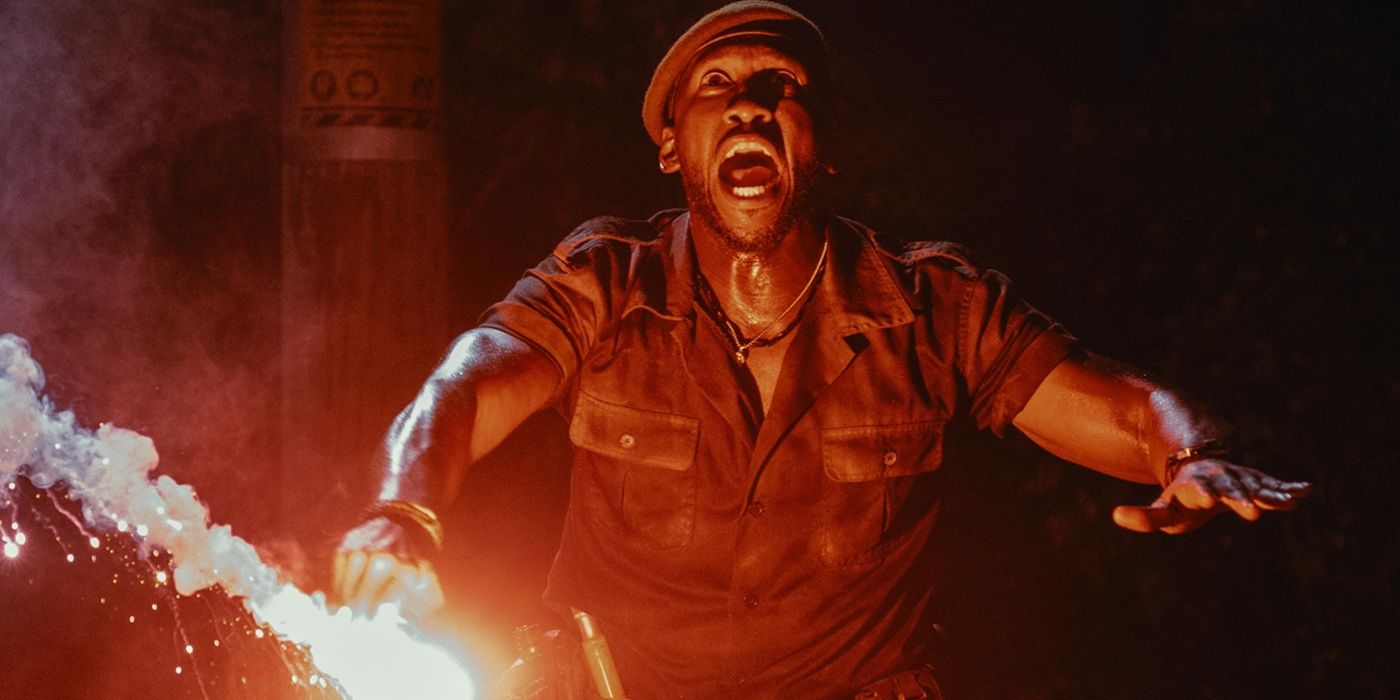

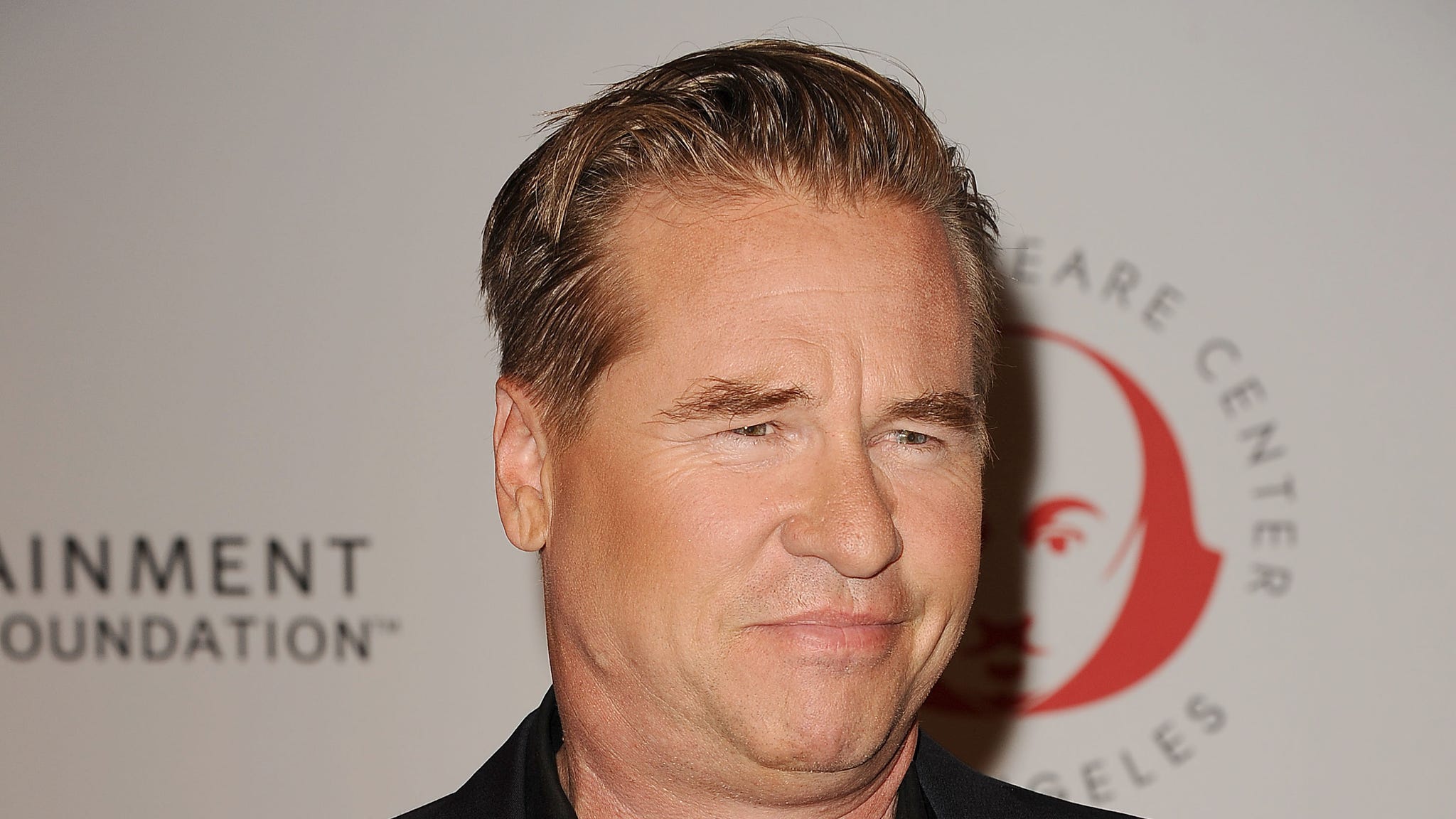
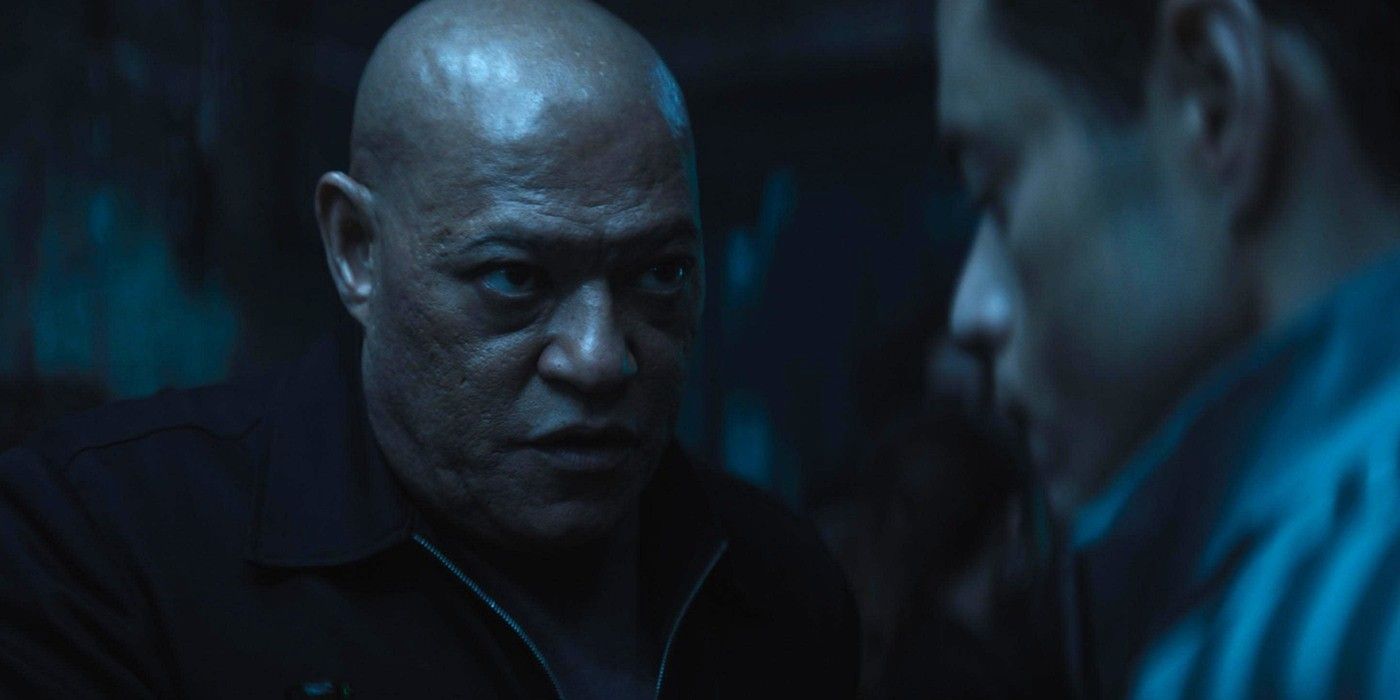



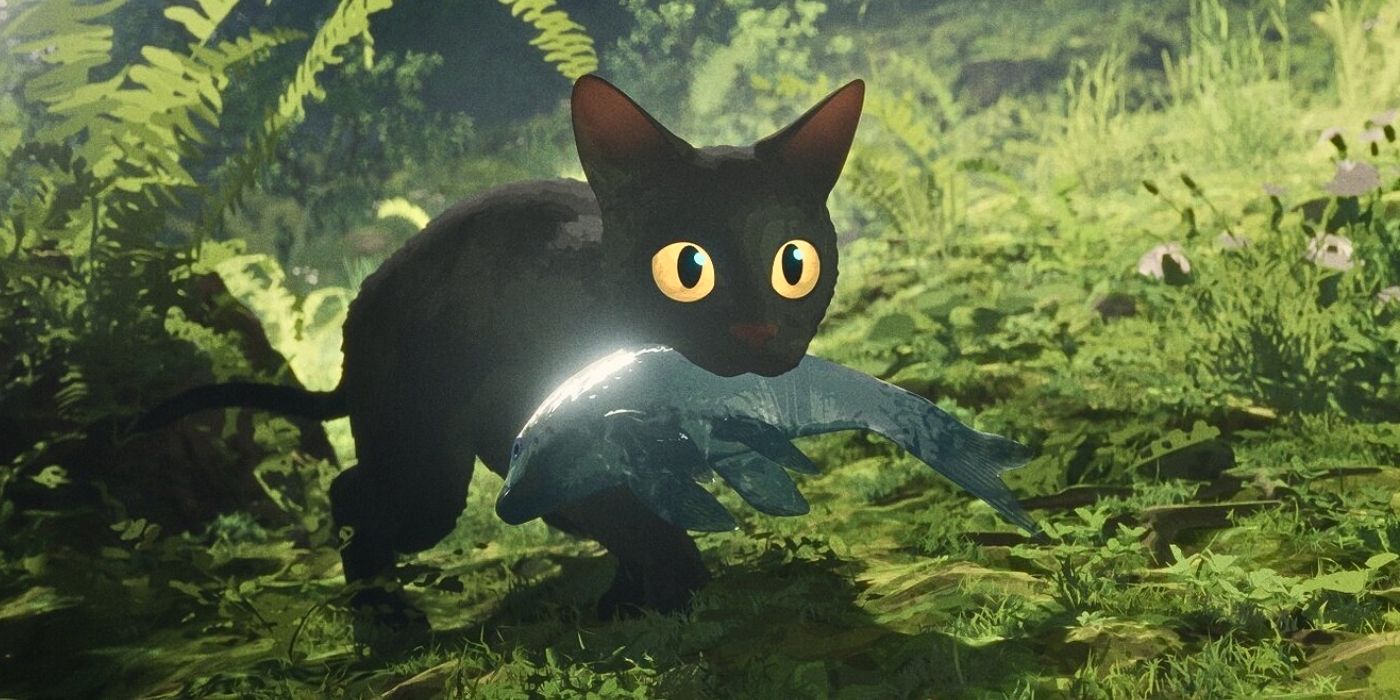
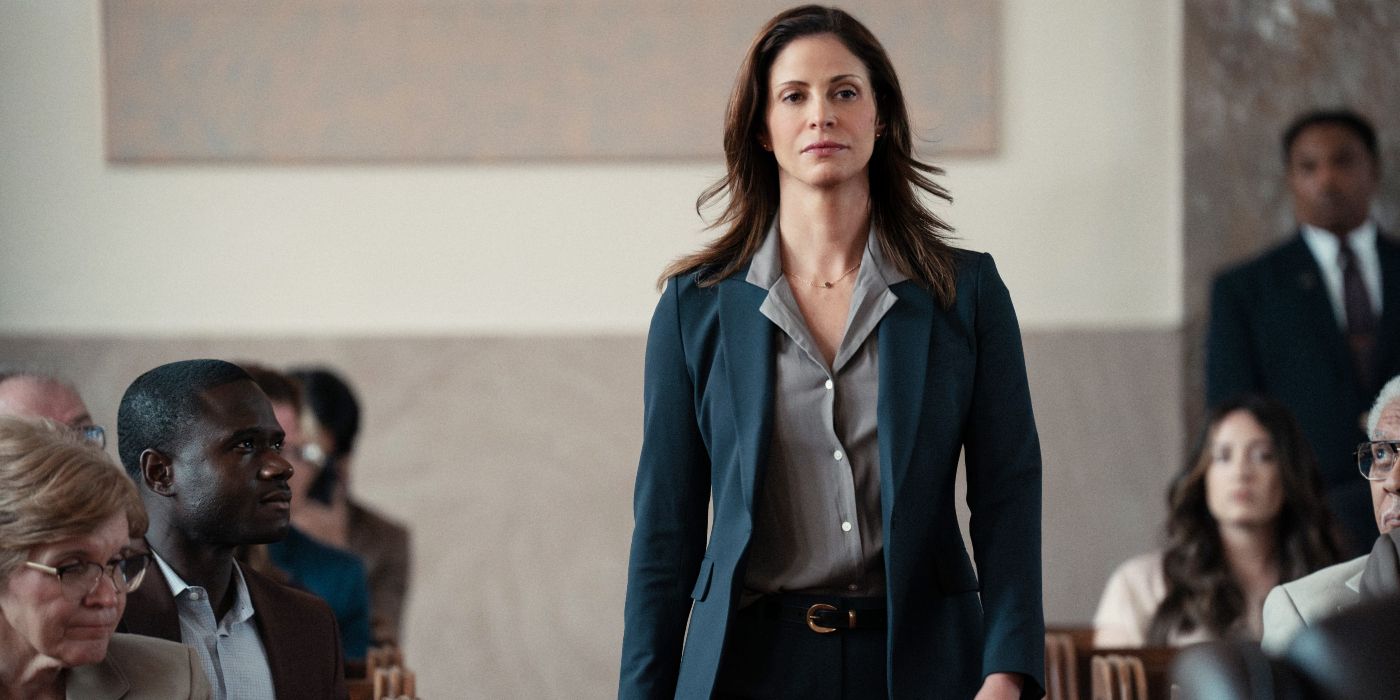

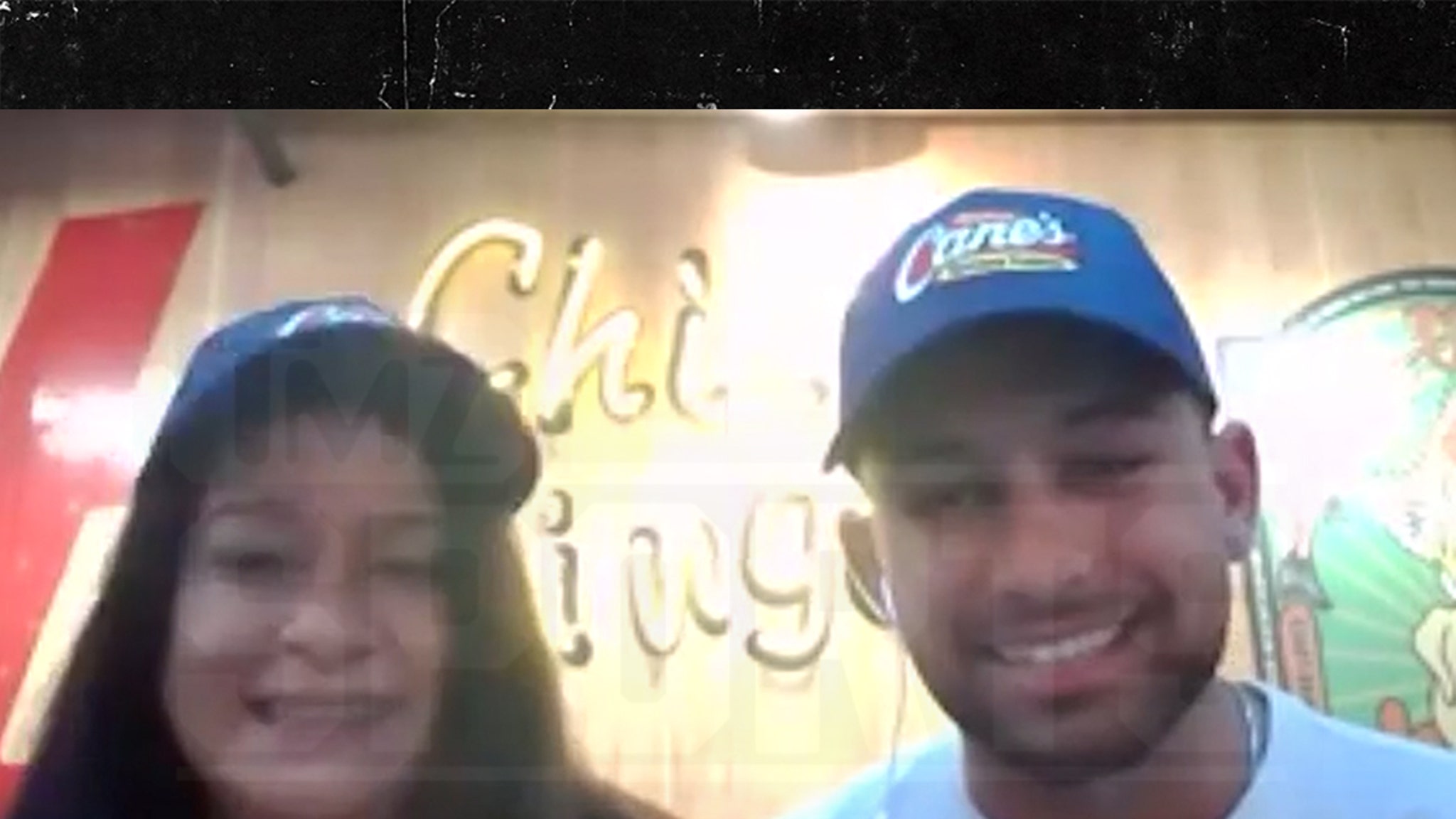
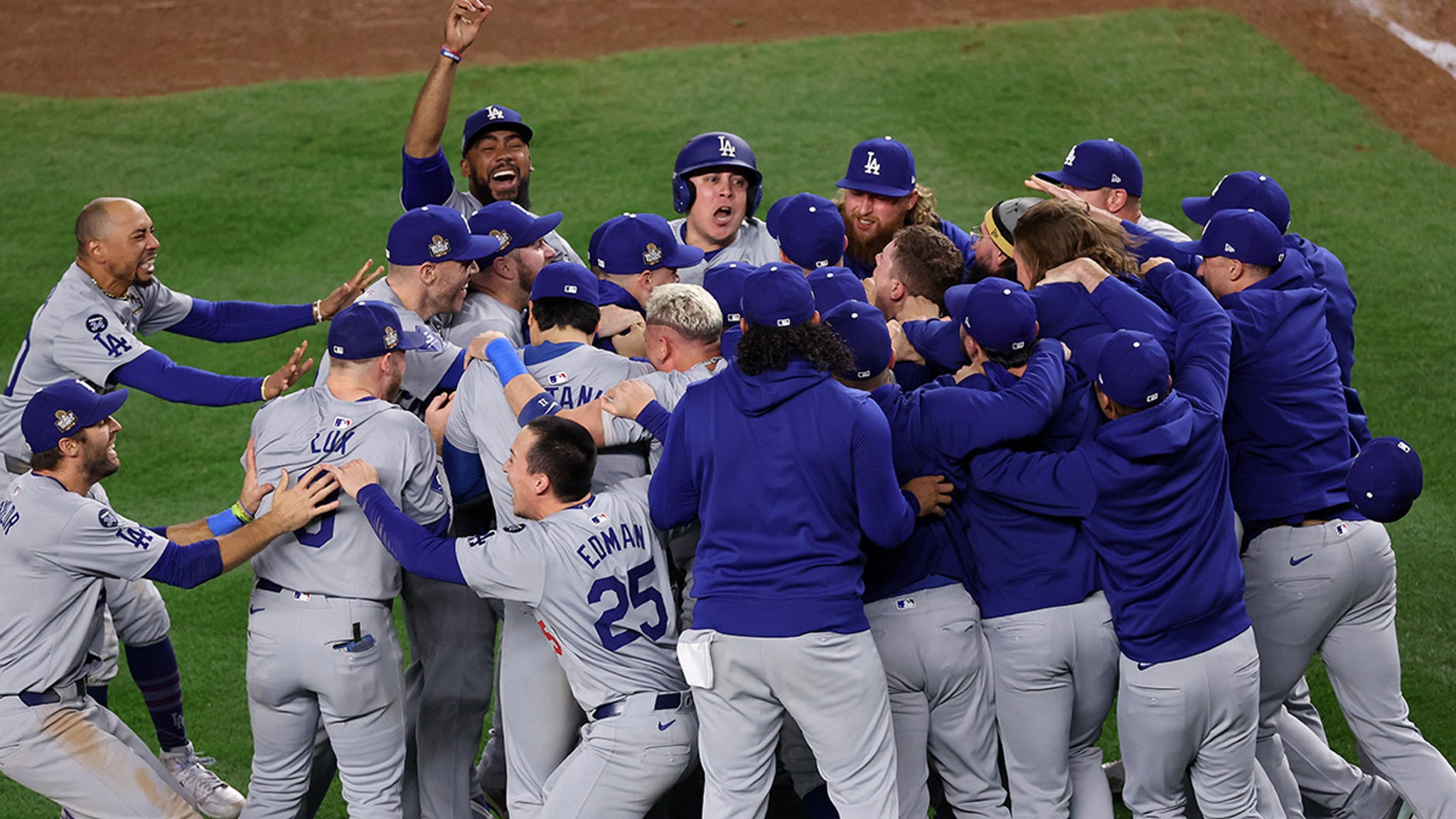


:quality(85):upscale()/2023/08/10/596/n/1922283/4d45939064d4e3bb19ca91.37809206_.jpg)
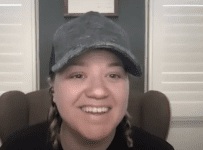




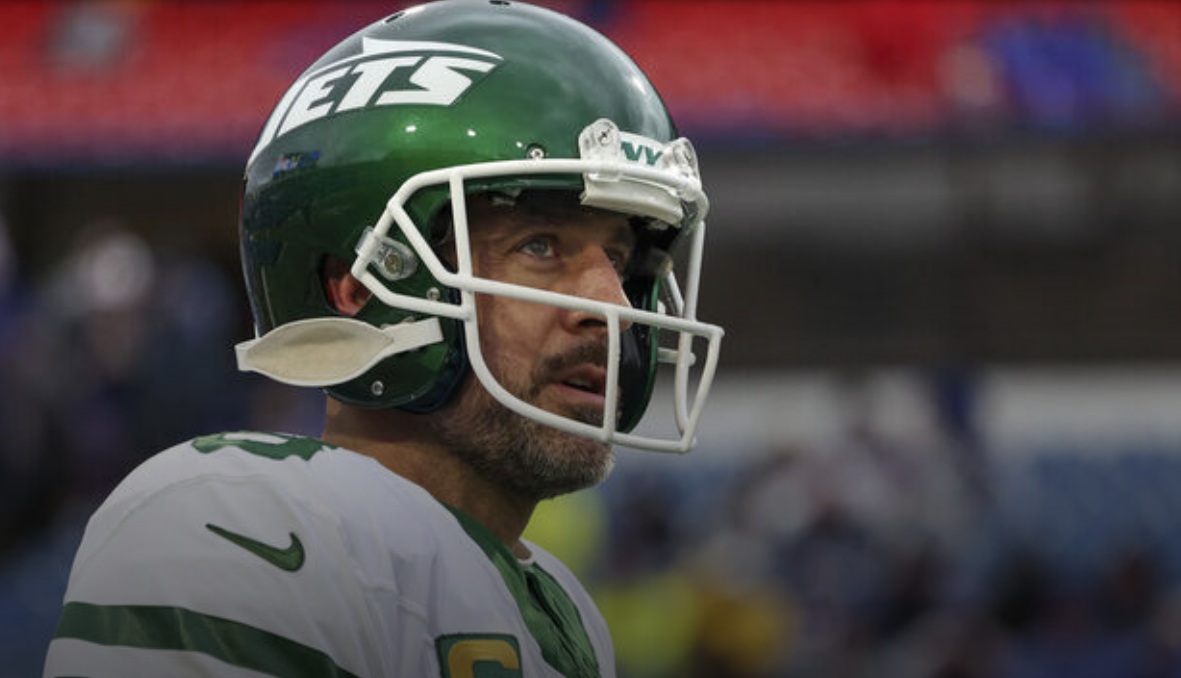
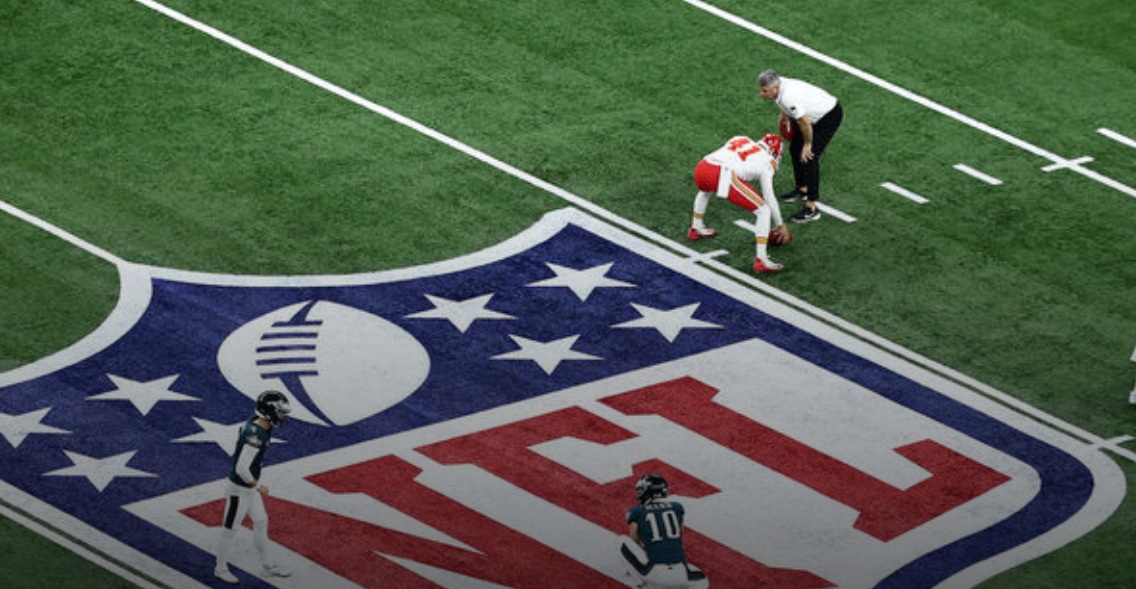
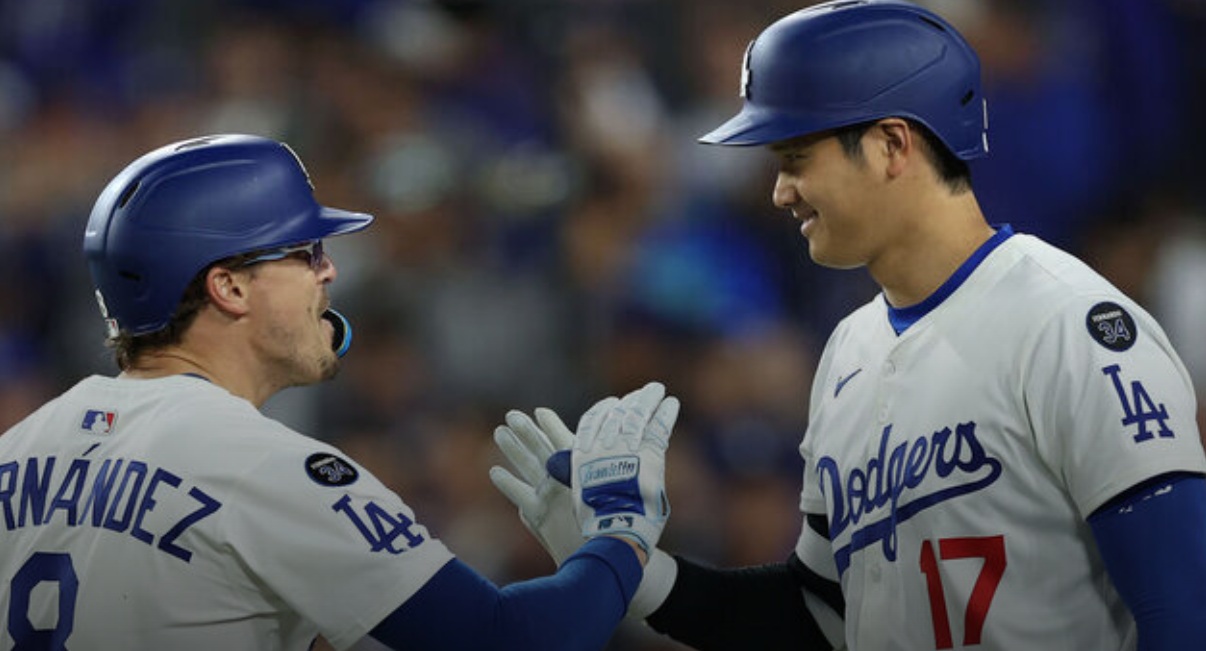
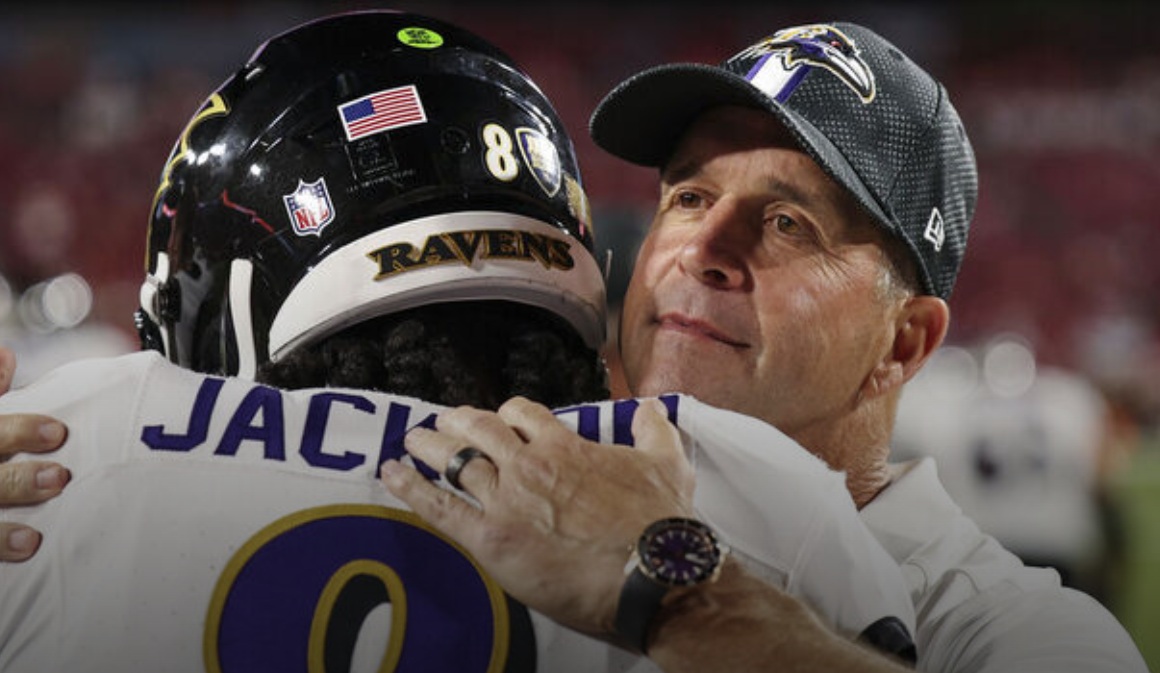
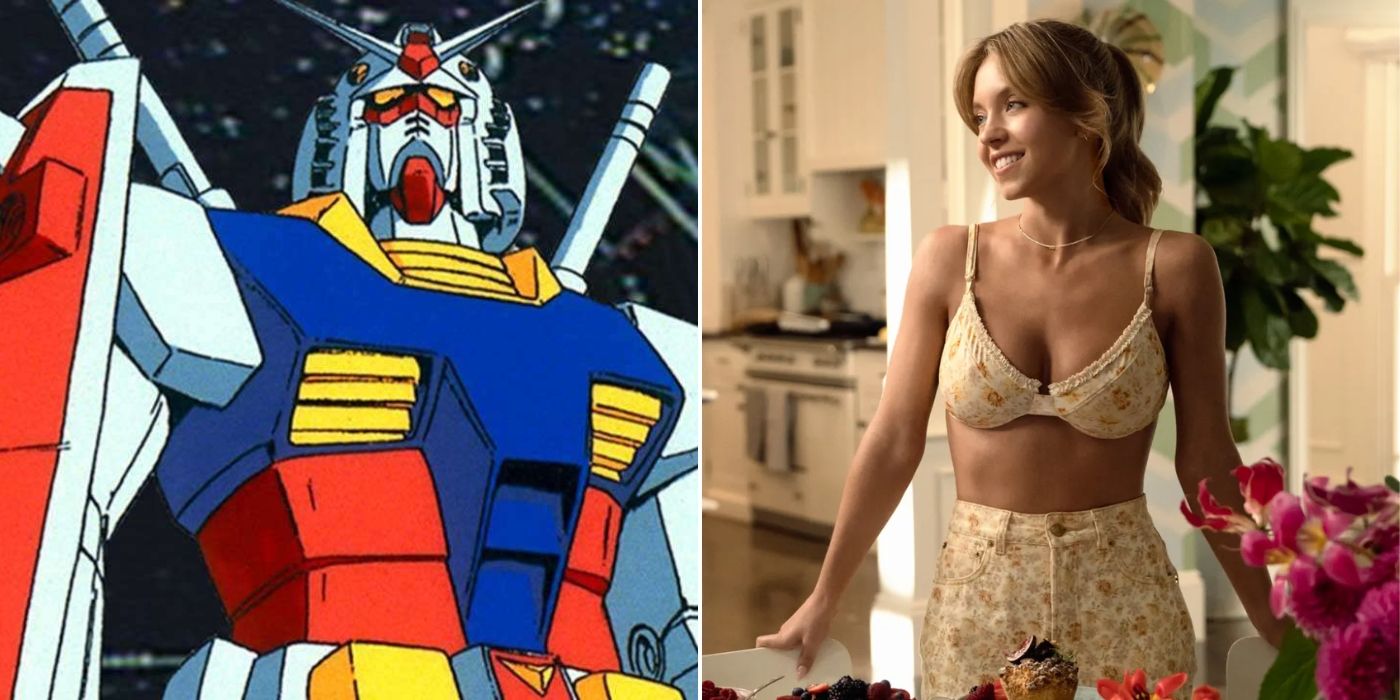
:quality(85):upscale()/2025/04/01/587/n/1922564/fe60d6be67ebe4b0bbd6f1.79749549_.png)
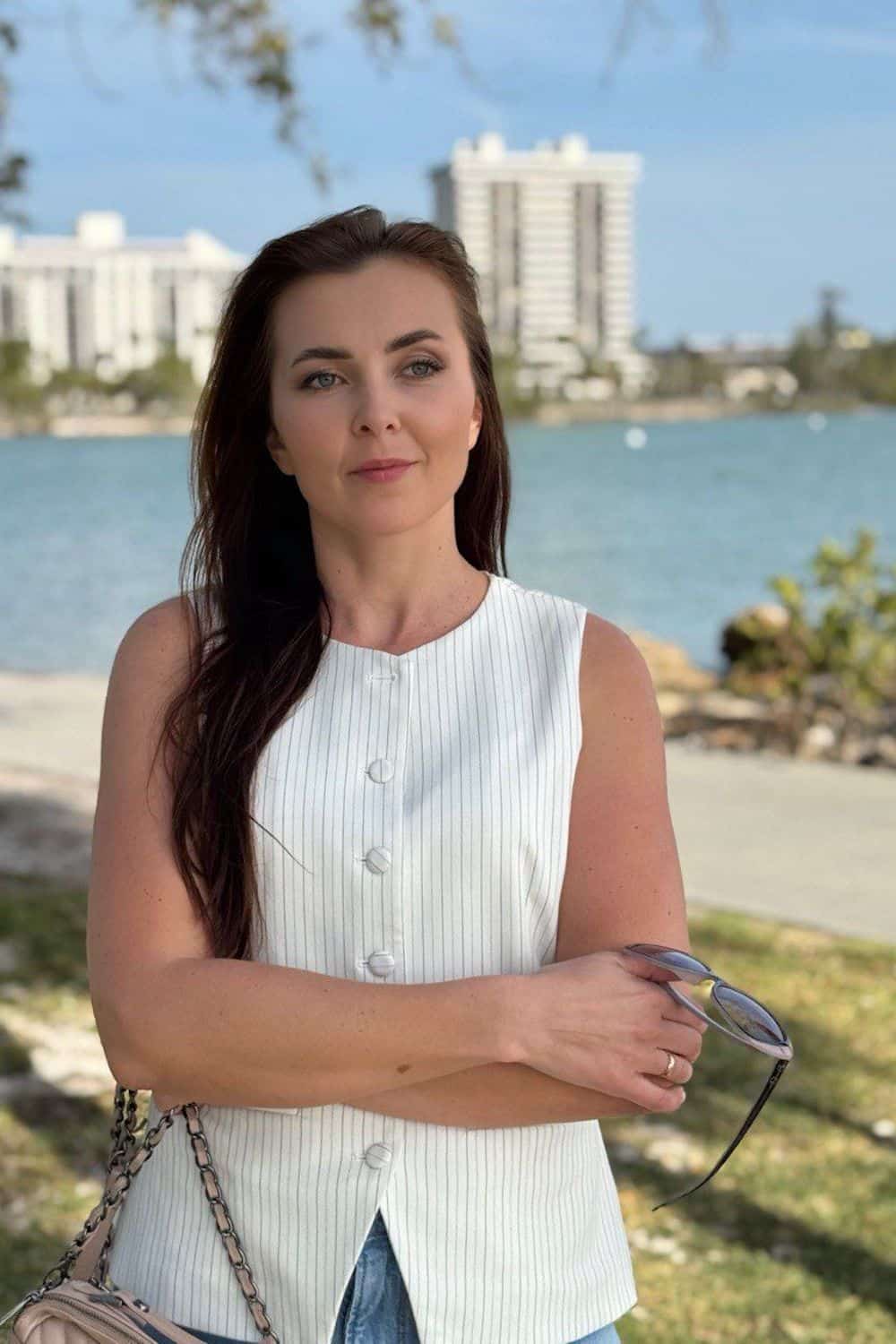
:quality(85):upscale()/2025/04/01/828/n/1922564/9432574867ec361a713285.06370027_.jpg)
